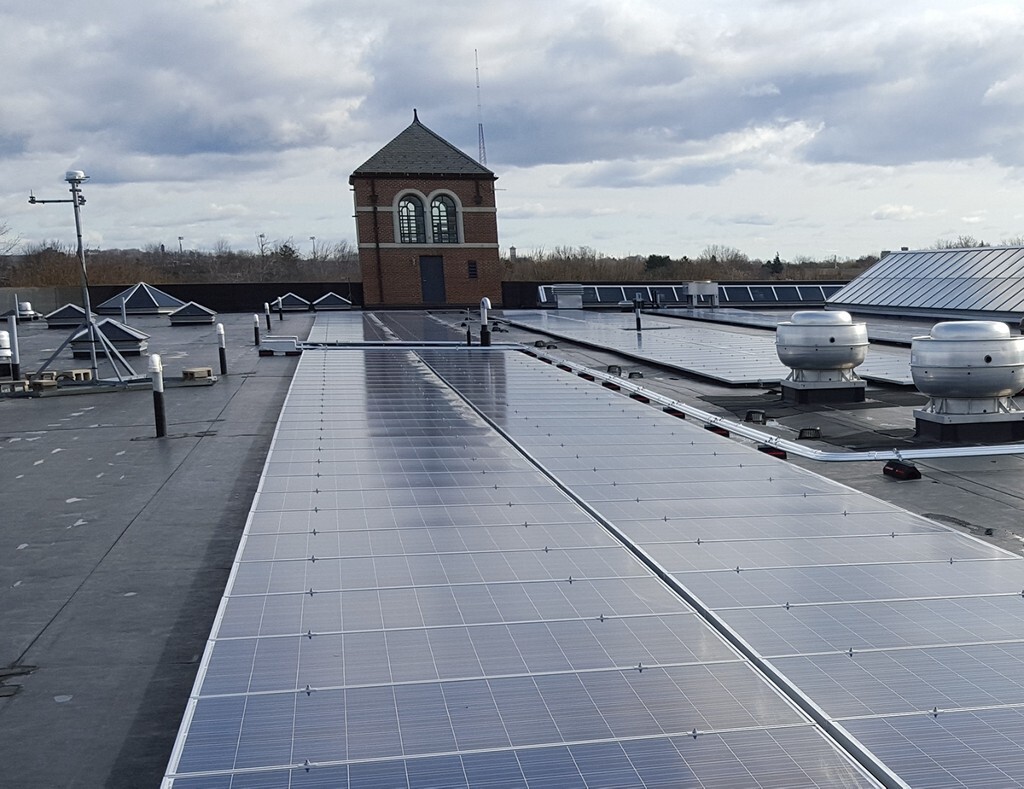Community GHG Emissions
Our Goals
Cambridge has established a goal to have net zero GHG emissions community-wide by 2050.
In 2022, the City conducted a greenhouse gas (GHG) emissions inventory with data from 2019. Cambridge has committed to the Global Covenant of Mayors (GCoM), a global network of cities that have committed to reducing emissions, which requires that we update the inventory every 3 to 5 years.
UNIT | Greenhouse gases (GHGs) have a natural heat trapping capacity which varies by gas. Humans produce more carbon dioxide (CO2) than any other GHG. We count emissions of GHGs based on how each GHG’s heat trapping capacity compares to CO2s. This is called the "CO2 equivalent" (CO2e). We measure GHGs in metric tons of CO2e (MTCO2e). | MTCO2eMetric Tons Carbon Dioxide Equivalent |
Greenhouse gases (GHGs) have a natural heat trapping capacity which varies by gas. Humans produce more carbon dioxide (CO2) than any other GHG. We count emissions of GHGs based on how each GHG’s heat trapping capacity compares to CO2s. This is called the "CO2 equivalent" (CO2e). We measure GHGs in metric tons of CO2e (MTCO2e). | MTCO2eMetric Tons Carbon Dioxide Equivalent |
Municipal GHG Emissions
Trends Over Time
In 2022, the City reduced greenhouse gas emissions (GHG) from municipal operations in its buildings to 38% below 2008 levels. The chart also depicts the significant impact of the planned procurement of 100% renewable electricity supply from a new renewable system with a commercial operation date on or about Dec. 2025.
Cambridge has established a Municipal GHG reduction goal of 30% below 2008 levels by 2020, with a stretch goal of 35%, and Net-Zero by 2050.
How Does Cambridge Track Emissions?
Cambridge has reduced its GHG emissions from Municipal operations by 38% between 2008 and 2022 by decreasing energy use, switching to cleaner fuels, and reducing waste.

